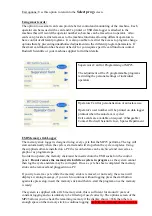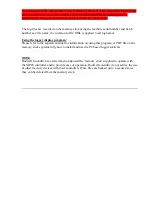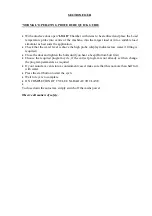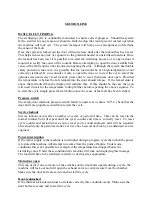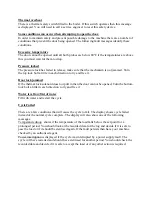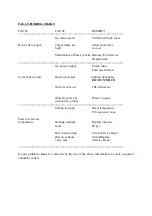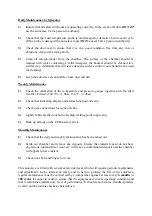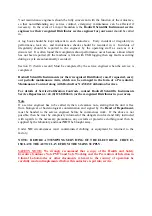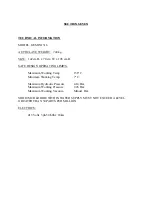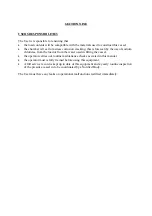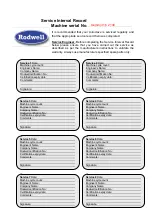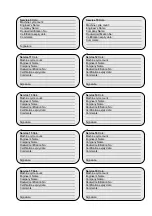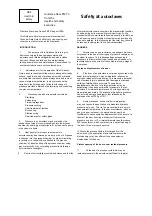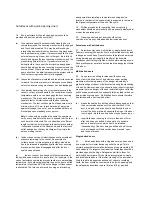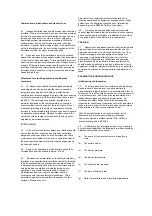
SECTION ELEVEN
DISPOSAL – CARING FOR THE ENVIRONMENT
Please consider the environment when disposing of your Autoclave.
Disposal of the Autoclave should be carried out by a professional disposal company, after
decontamination of any bacteriological or microbiological waste. A clearance note must be
issued by the end user.
This unit is fitted with rechargeable batteries.
Rechargeable batteries may not be disposed of in household waste.
Rechargeable batteries can contain toxic substances, which may damage the environment.
Therefore, dispose of the batteries in accordance with statutory regulations.
You are responsible for financing and arranging treatment in accordance with the WEEE
Regulations, and existing waste management legislation, including the Duty of Care and the
Hazardous Waste Regulations or any other regulations appropriate to your country.
If the Autoclave is to be permanently demolished and/or scrapped, divide the material to be
disposed of according to type and composition, as follows:
1). Iron or ferrous materials, composed of metal alone, are secondary raw materials, so
they may be taken to an iron foundry for re-smelting after having removed the contents
(classified in point 3).
2). Electrical components, including the cable and electronic material (magnetic cards,
etc.), fall within the category of material classified as being assimilated to urban waste
according to the laws of your local, state or federal government, so they may be set
aside for collection by the public waste disposal service.
3). Old greases are considered hazardous or special refuse, so they must be collected,
transported and disposed of at a special waste disposal service.
NOTE: The standards and legislation concerning refuse are in a constant state of
evolution and therefore are subject to change. The user must keep informed of the
regulations at the time of disposal as these may differ from those described above.

